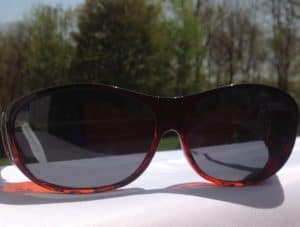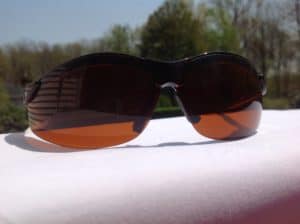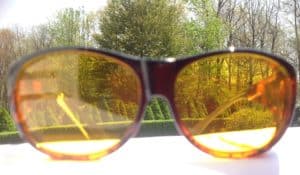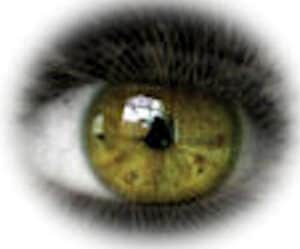Tints not only vary in color, but also vary in transmissibility. The amount of light that is transmitted is the amount of light allowed to pass through the lens. The darkness of the tint does not indicate it’s capability to protect against harmful UV light.
While you may think that sunglasses are just glasses with a tint, but protecting the eyes requires more than just a tint. The tint decreases the amount of light that reaches your eyes. Generally, the darker the tint, the less light is transmitted (passed through) the lens. Someone who is outdoors and needs to decrease the brightness of sunlight, will choose a lens with low transmittance. Keep in mind, the darkness of the tint does not indicate it’s capability to protect against harmful UV light.
While some individuals with low vision find that increased light levels help to optimize their vision, others, especially those with inherited eye disease, find the lower light levels to be beneficial and may help with visual function. The flip side is that someone with impaired vision may find some tinted lenses too dark to allow them adequate vision.
Confused as to what you may need? The truth is that what you may need, can vary by the environment, activity, and the light level that day or time of day.
The three most common lens colors are: grey, brown, and yellow.

Grey is a neutral tint, meaning it doesn’t significantly change the perception of colors. What it does not do is increase contrast. It does have the overall effect of decreasing brightness. This tint is good for those who are light sensitive and is especially good for driving.
Brown imparts its own color flavor, meaning it does change the color perception by absorbing more blue and enhancing reds. For this reason, brown increases contrast. The color temperature is not “grayed out’ so the environment is still bright. This tint is good for those that feel the grey makes it too dim, and they need more contrast.

Yellow and Amber is the blue-blocking lens. While it neutralizes scattered blue light, which increases contrast, the environment is still ‘bright.’ For low vision persons this tint would be best for cloudy, hazy days to help with contrast. Yellow or amber (yellow-brown color) are not good for driving because it can confuse the color of light signals and warning signs.


